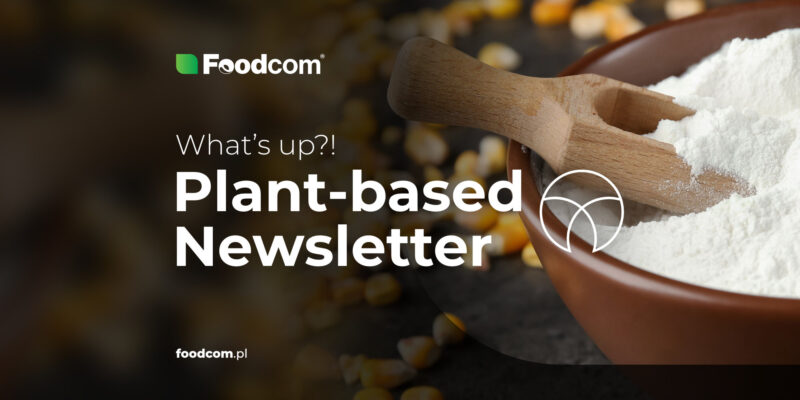Exceed your industry knowledge
We are eager to share leads and latest industry updates with our Business Partners – both during meetings at industry events and through blog publications and the Newsletter.

Comprehensive market knowledge
Experienced experts in the industry
Unique business insights
Latest article

Trends in the market for plant-based products and the hidden risks behind stable prices [76th Edition of the PLANT-BASED Newsletter]
Raw materials are under pressure, prices are rising, and those who act today are gaining an advantage. Find out which plant ingredients will gain importance in 2025 – and how you can benefit from this.
27.06.2025
Choose category


